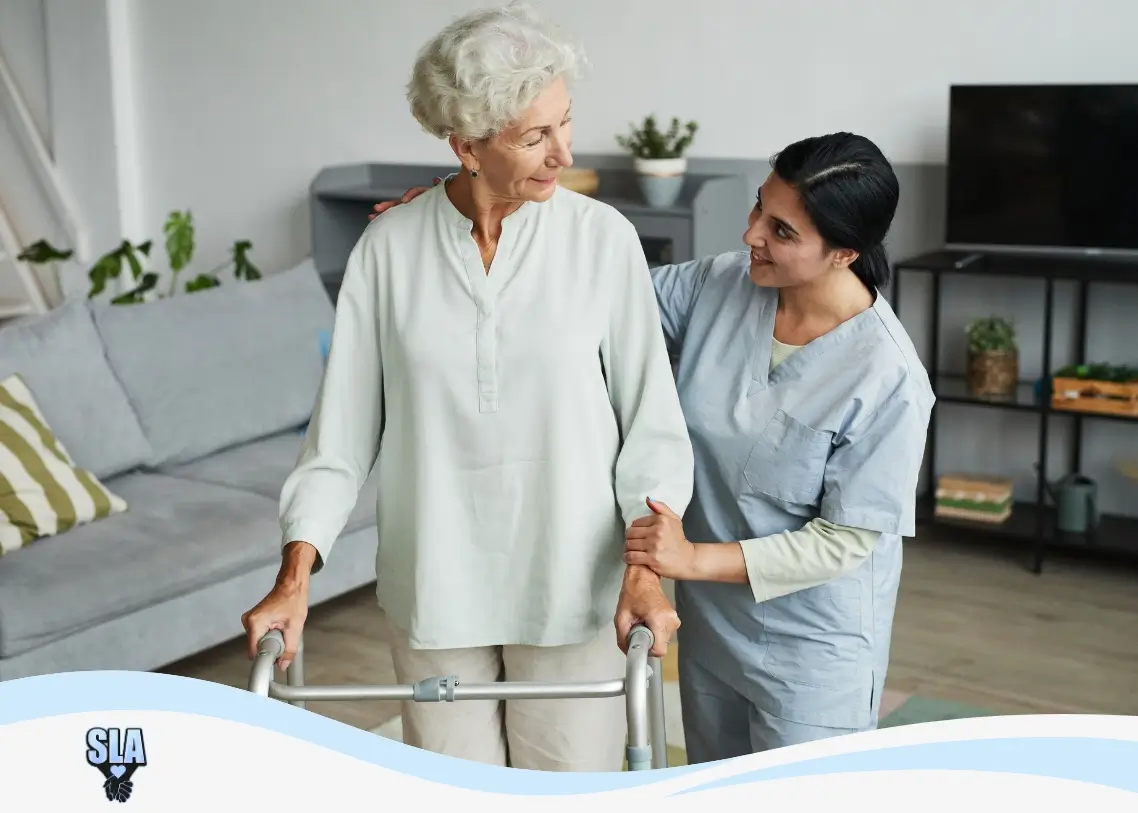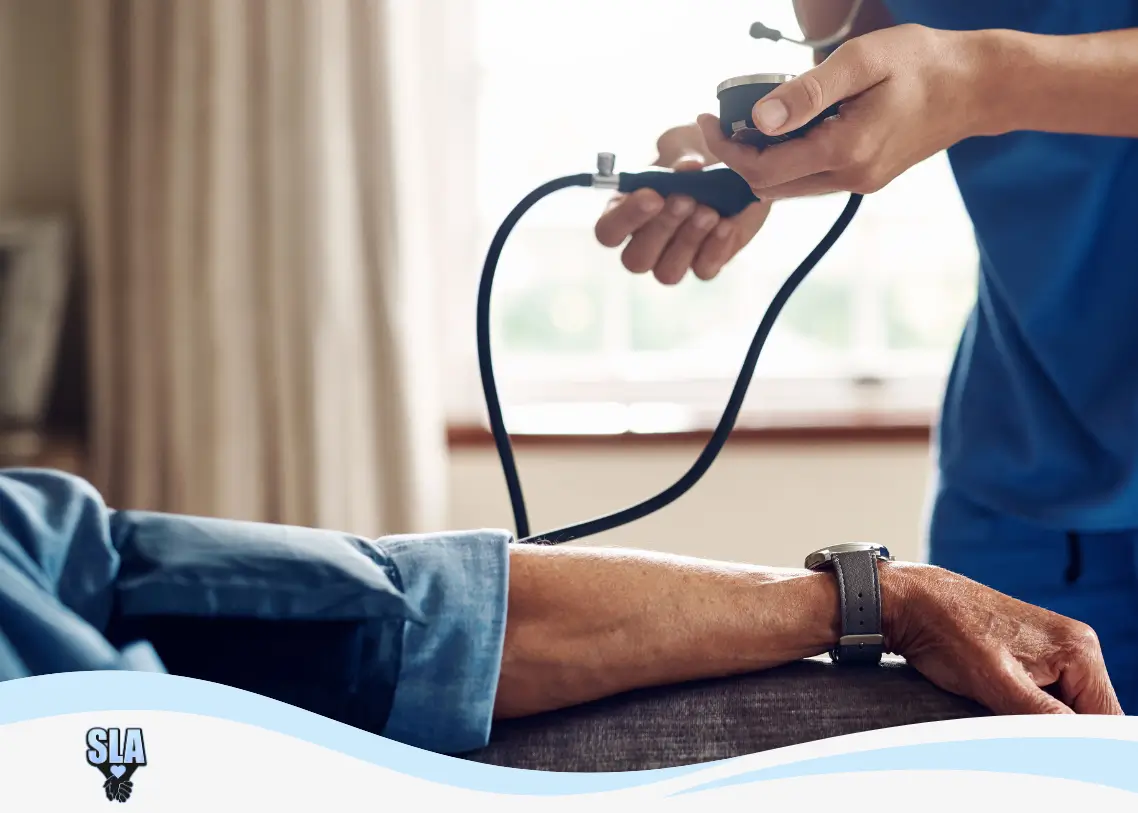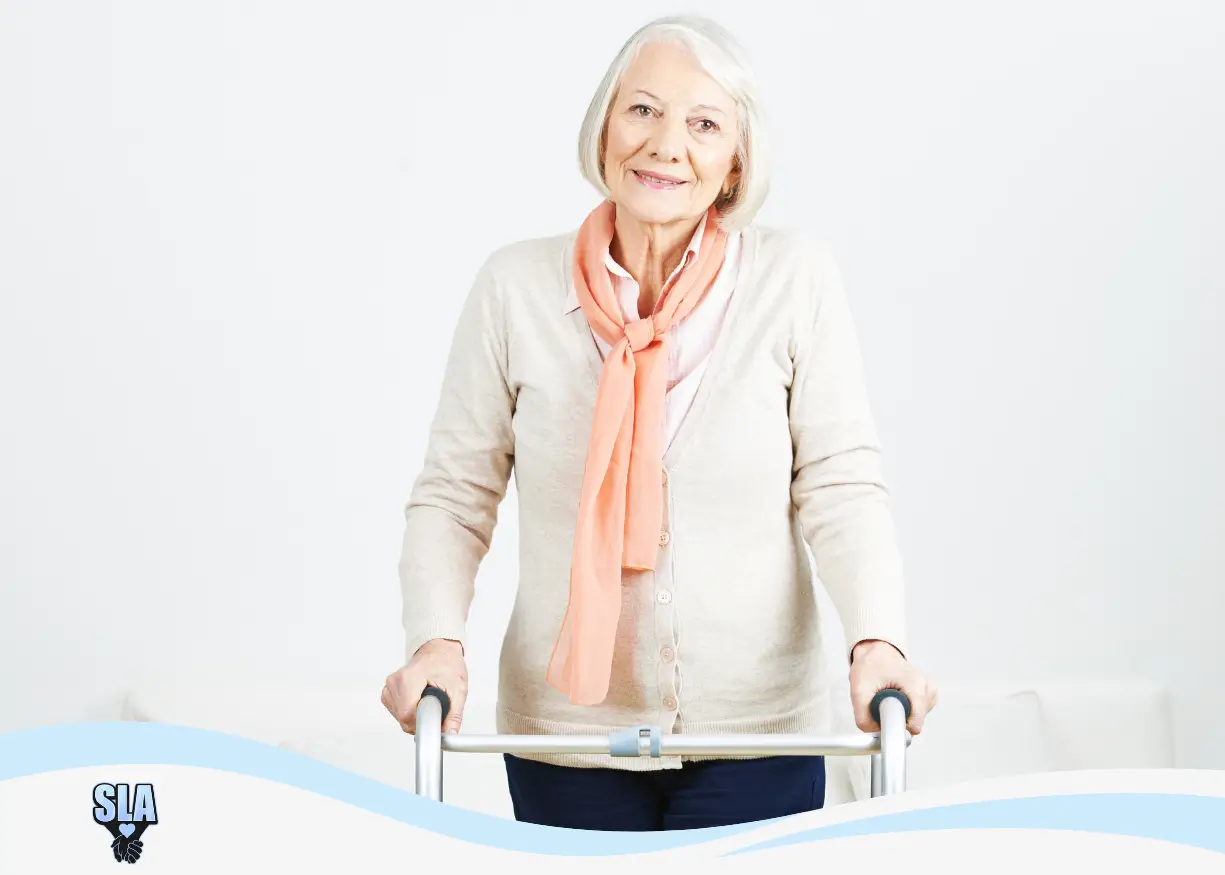Preventing Falls in Seniors: Why It’s Crucial and How to Help

Falls are one of the leading causes of injury among older adults, and they can lead to serious complications, from broken bones to long-term mobility issues. But the good news is that many falls are preventable with the right precautions and awareness. Whether your loved one lives at home or in a senior living community, understanding the risks and prevention strategies is key to keeping them safe.
1. Regular Health Checkups
As we age, our vision, balance, and overall strength can decline. Regular checkups with a doctor help monitor any changes in health that could increase the risk of falling. Medications should also be reviewed, as some can cause dizziness or affect balance. Encourage your loved one to stay on top of these appointments, as they provide an opportunity to discuss any concerns and make necessary adjustments to their care plan.
2. Home Safety Modifications
Whether at home or in assisted living, a safe environment is essential. Remove tripping hazards like loose rugs, and ensure that pathways are clear of clutter. Installing grab bars in bathrooms and non-slip mats in showers can provide extra stability. Good lighting is also crucial—consider night lights in hallways and bedrooms to help navigate during the night.
3. The Role of Senior Living Communities in Fall Prevention
Senior living communities understand the importance of fall prevention and take proactive measures to create safe environments for their residents. Here’s how they help:
- Personalized Care Plans: Each resident typically has a personalized care plan that includes assessments of their mobility, health conditions, and any specific risks. Staff regularly update these plans to adapt to changing needs.
- Trained Staff: Staff members in senior living communities are trained to recognize fall risks and implement preventive measures. They assist residents with daily activities, ensuring they use mobility aids correctly and safely.
- Physical Activity Programs: Many communities offer exercise programs designed for seniors that focus on strength, balance, and coordination. These programs not only improve physical fitness but also help build confidence in mobility.
- Emergency Response Systems: Senior living facilities are equipped with emergency response systems that allow residents to alert staff immediately if they need help, reducing the time it takes to respond to a fall.
- Regular Safety Inspections: Facilities conduct regular safety inspections to identify and address potential hazards, ensuring that common areas, hallways, and private rooms are safe and accessible.
4. Encouraging Social Engagement
Social interaction is crucial for mental well-being, but it also plays a role in physical safety. Engaging with others encourages seniors to be more active and aware of their surroundings. Many assisted living communities provide organized activities that promote movement and offer opportunities for socializing, which can also help prevent falls.
By taking these proactive steps, whether through regular health checkups, home safety modifications, or leveraging the support of a senior living community, you can help create a safer environment for your loved ones. Remember, preventing falls is not just about safety—it’s about promoting independence and enhancing quality of life.
If you’re considering senior living options for your loved one or need guidance on creating a safe home environment, reach out to Senior Living Advocates. We’re here to help you navigate the complexities of senior care with compassion and expertise.
Trending Posts...
Discover how personalized health management in assisted living supports chronic conditions with tailored care and comfort.
Ensure a smooth shift from rehab to assisted living with personalized care, family support, and a comforting new home.


